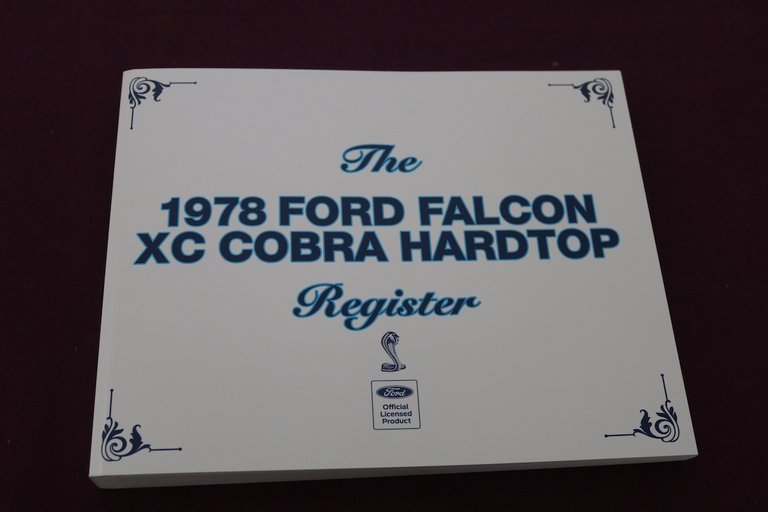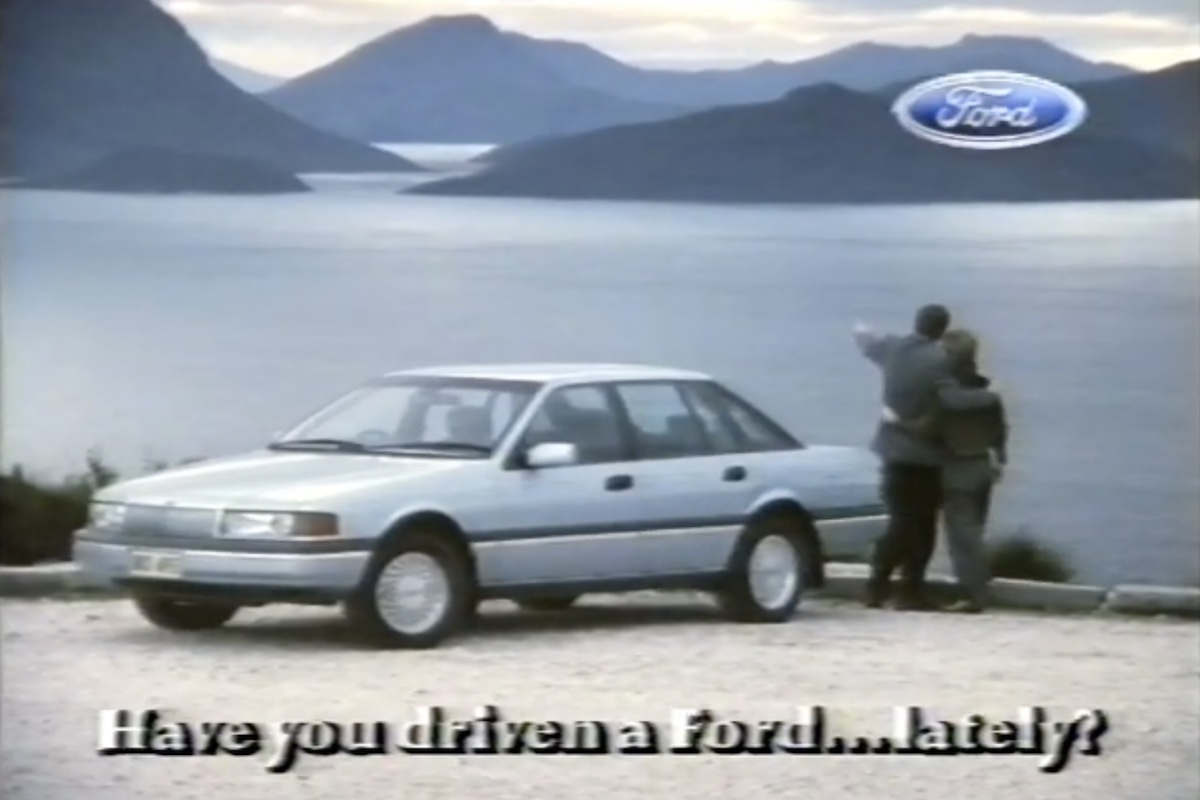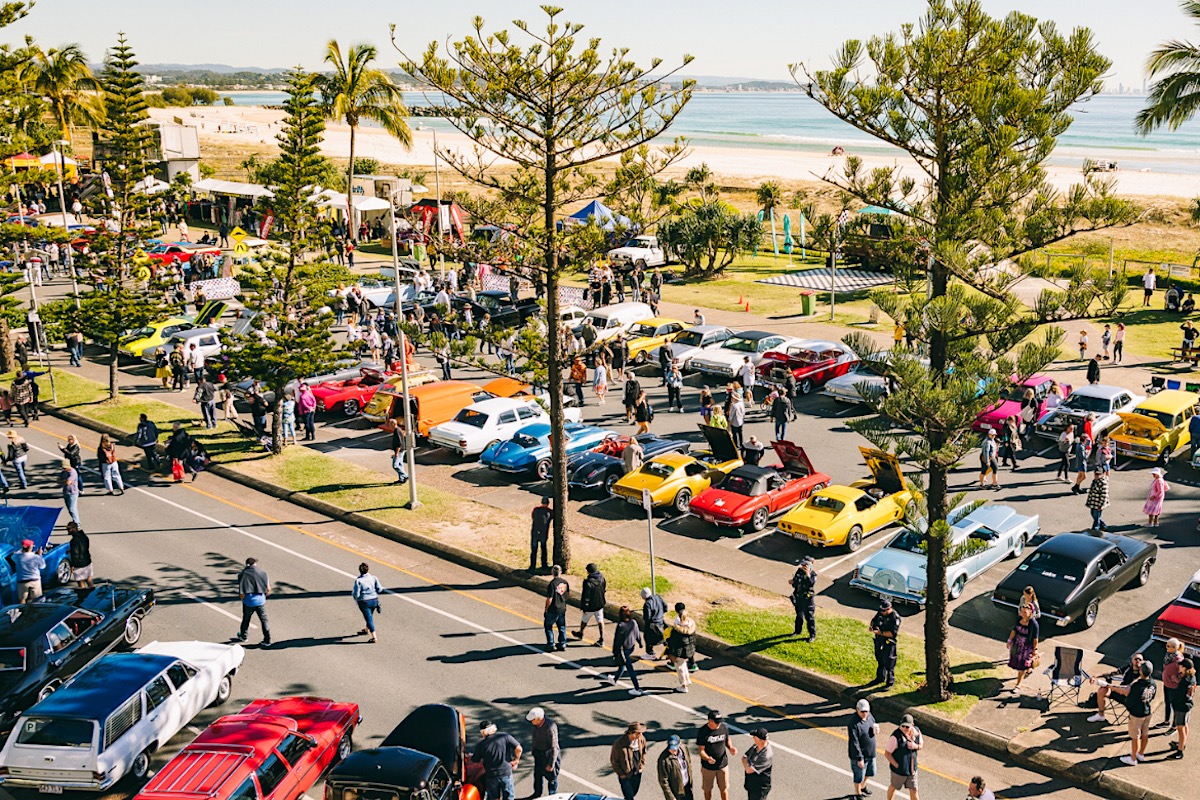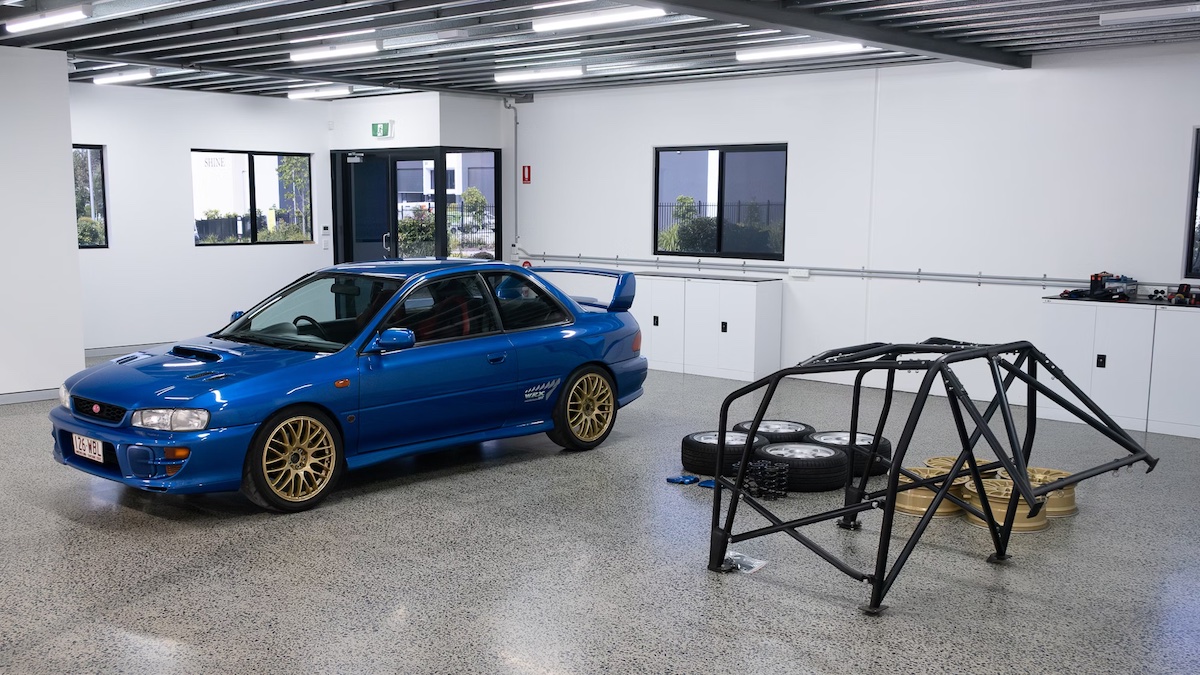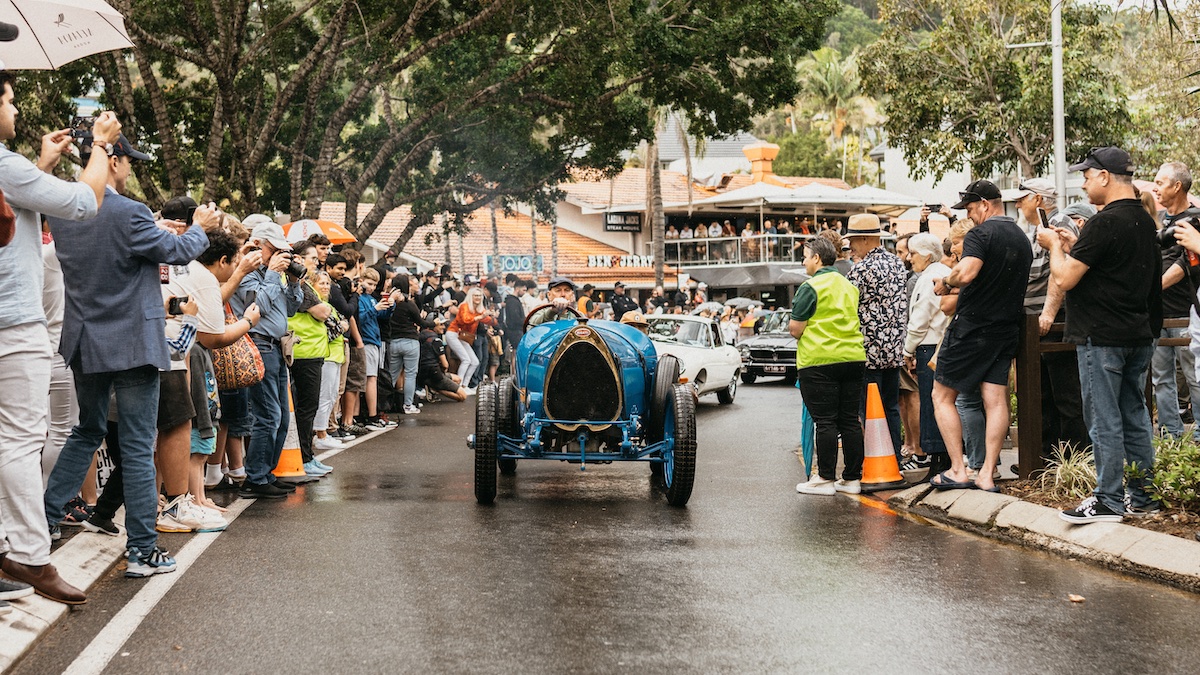Ross Vasse’s work in documenting Australian-built muscle cars has seen his books come to be known as ‘Bibles’ inside Ford circles
The latest book by Ross Vasse, a leading authority on locally made Ford muscle cars, details every XC Falcon Cobra, living or deceased.
The name Ross Vasse may not be familiar in your corner of the classic vehicle world, but to people whose lives revolve around high-performance 1960s-70s Falcons, he is an icon.
Ross has owned GT Falcons and associated models since the 1980s, becoming along the way a noted authority on Aussie performance Fords of all kinds.
Several years ago, after tracking the history of every known GTHO Phase III, Ross took on the huge task of transferring his prodigious knowledge to the first of several incredibly detailed reference books, designed to inform and assist owners and would be owners of locally manufactured fast Fords.
He followed that with comprehensive works covering the GTHO Phase I and Phase II, which have come to be known inside Ford circles as the ‘Bibles’.
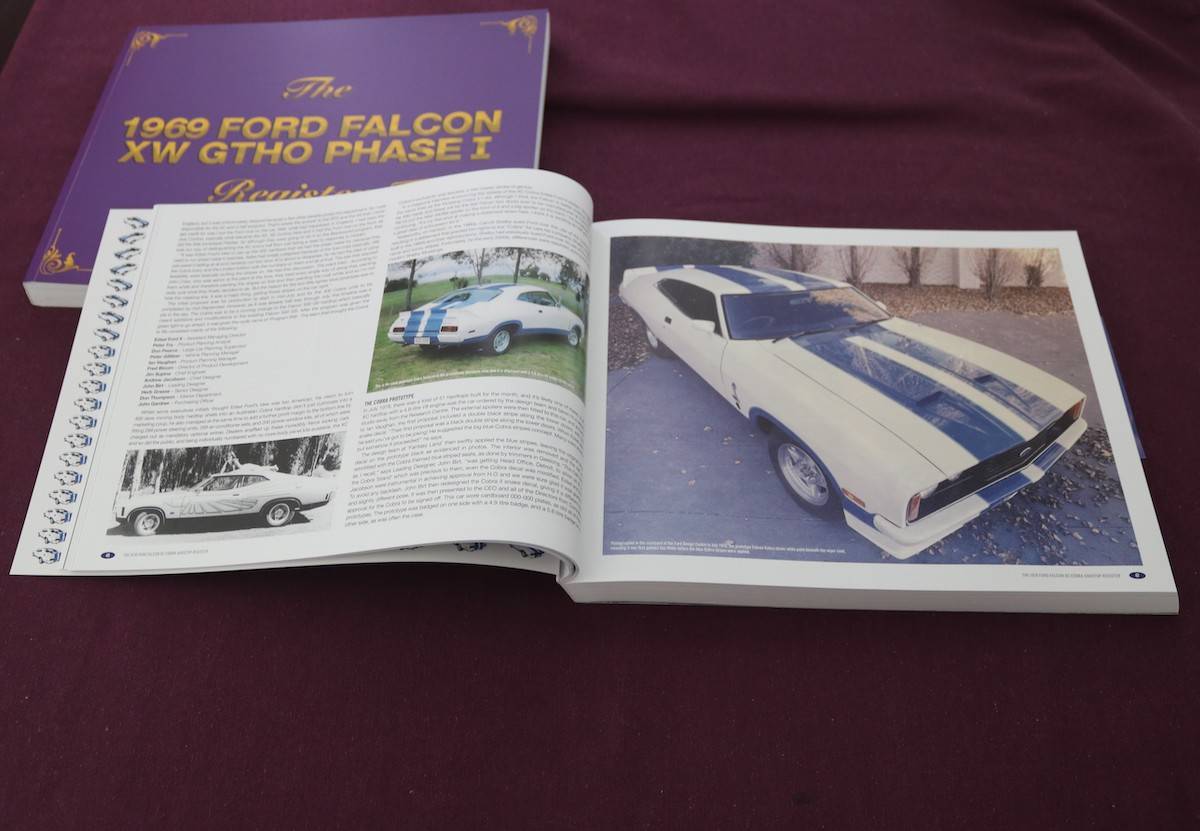
Vasse and co-author Josh Delany have tracked the history of surviving cars as far as possible, including finding current photos of these cars where available
With this latest release, Ross and co-author Josh Delany have tracked the history as far as it is known of every Ford XC Falcon Cobra Hardtop and provided intimate details that help verify each car.
Known officially as The 1978 Ford Falcon XC Cobra Register, the newest book is in softcover format with 400 pages packed with invaluable data for Cobra owners and enthusiasts.
As most enthusiasts of locally-made Fords will know, the idea of white and blue cars adorned with Carroll Shelby’s famous ‘snake’ emblem is attributed to Edsel B. Ford, who at the time was serving as Chief Executive of the family’s Australian outpost.
Faced with the problem of moving 400 unsold Hardtop bodies, Edsel or someone close to him voiced the novel idea of turning them into local versions of the Shelby Mustang GT350.
Two engine choices – 4.9 or 5.8-litre – were offered, with manual or automatic transmission in a numbered run of 400 cars. The first 30 of these came with special modifications and additions designed to make these Cobras serious competition cars.
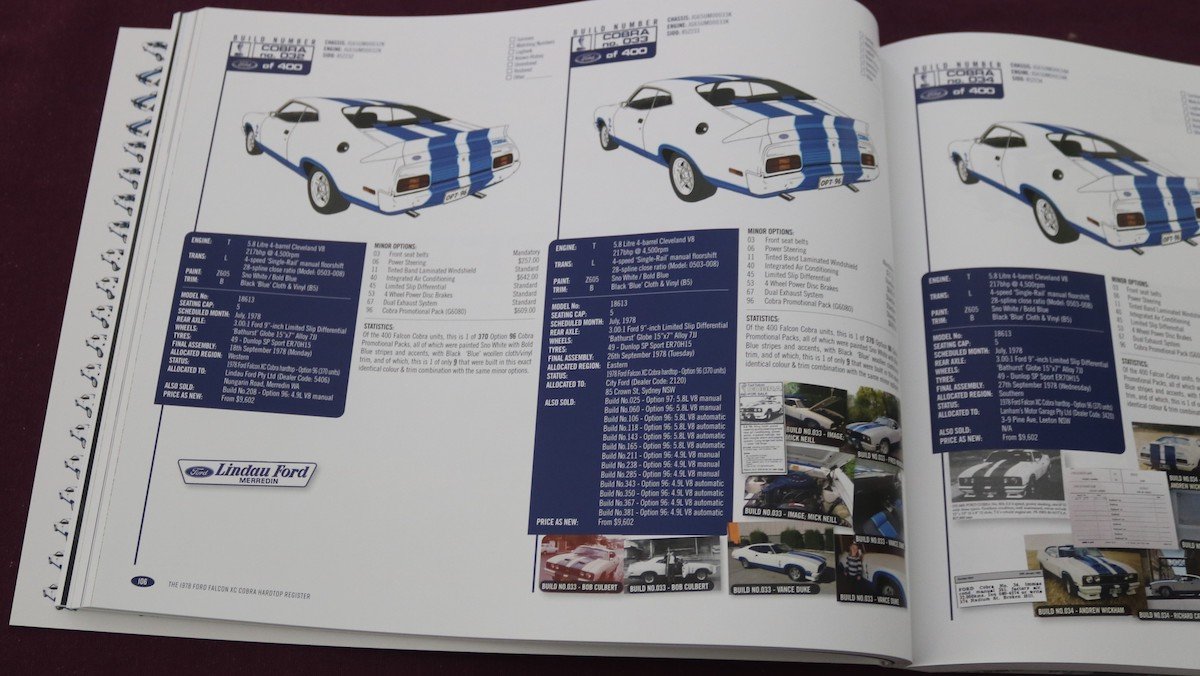
The softcover book on ’78 XC Cobras features 400 pages of intimate detail about each car including the VIN, specification, and even the original dealership that sold it
In a section headed ‘Build Schedule’, the Cobra Register identifies by VIN each car built and details its specification. Where known, the selling dealer is shown, as is a list of options fitted when the cars were new.
Most importantly, the authors have tracked as far as possible the history of surviving cars and published recent photographs where available.
My involvement with the project arose during 2024 when I was asked to interview past and present owners of Cobra #153. It proved an easy task since the car was sold in the Queensland coastal town of Gladstone and owned from new by the mother of its current carer. After 47 years it is one of very few Cobras to retain its original family ties.
Acquiring a copy of The XC Cobra Register will be more difficult than buying one of the cars it documents. All copies from the limited production run were allocated ahead of release and the only place to source one now might be an online sales site.
We are assured by Ross Vasse that this book will not be his last and look forward to seeing which from the line-up of performance Fords will be next to benefit from his prodigious attention to detail.
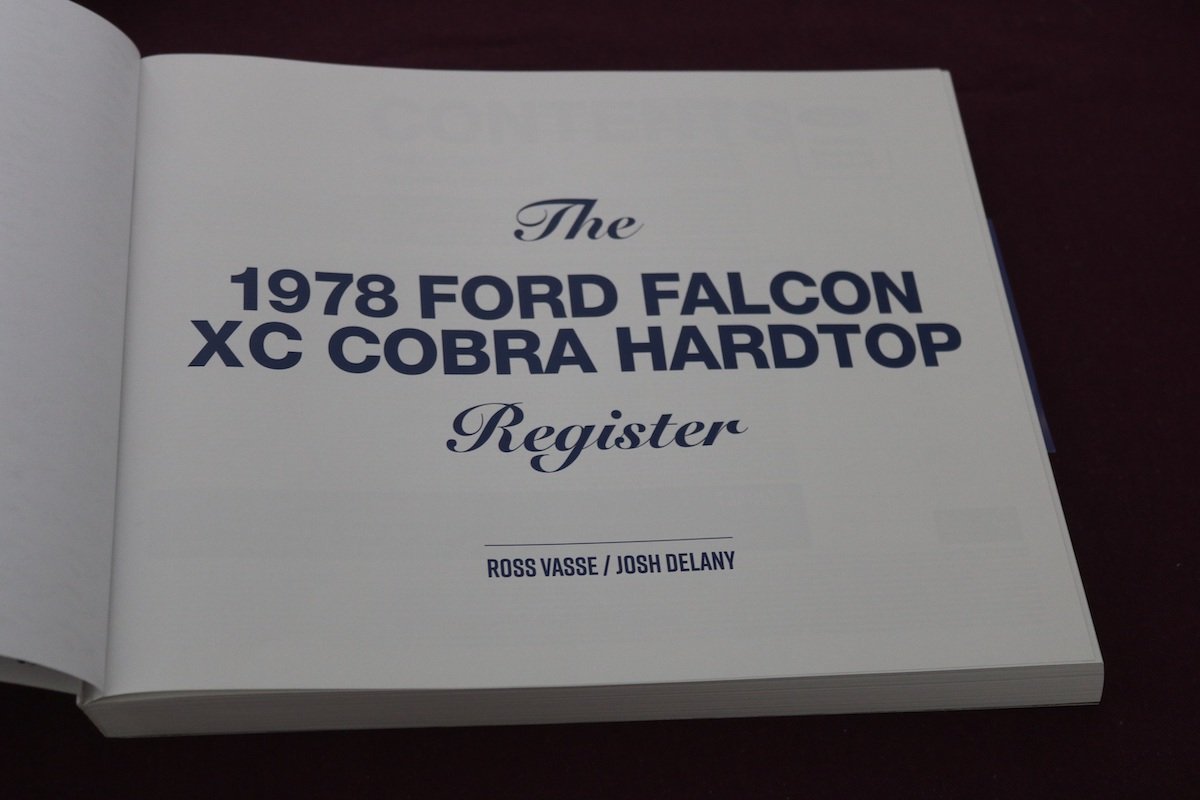
All copies produced in the books limited production run were allocated ahead of release, meaning it’ll be harder to find a copy of the book for sale rather than any of the cars it documents

